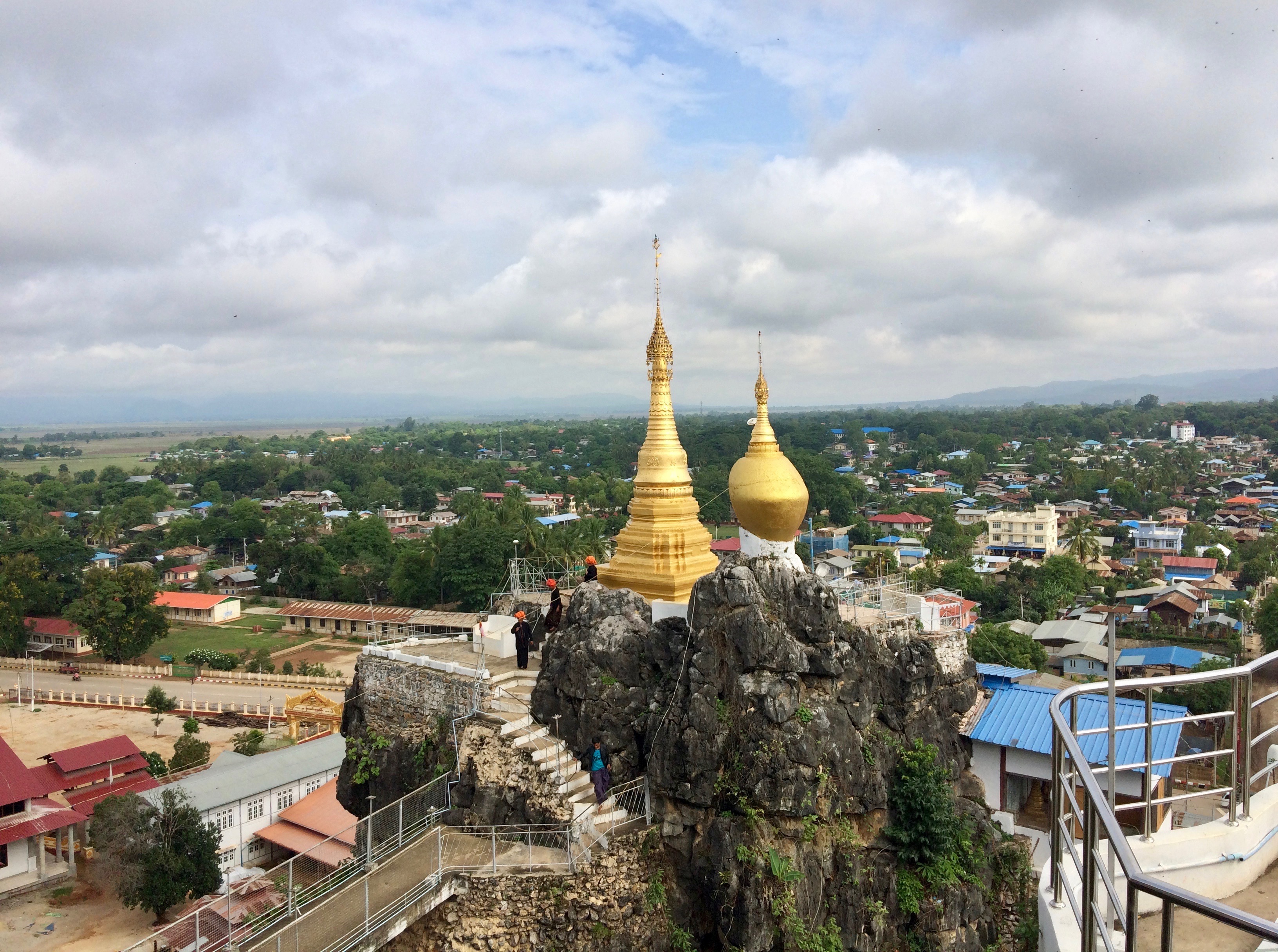|
|
|
Since the February coup by the State Administration Council, conflict has spread in many parts of the country. In this commentary Khun Bedu explains why Karenni (Kayah) State is a critical example of political developments underway. Popular resistance is continuing. And, with the UN General Assembly soon to meet, a key moment is approaching to decide which is the legitimate government that represents the people.
These commentaries are intended to contribute to a broader understanding of the many challenges facing the country and its peoples.
See the complete list of all the Myanmar commentaries.
|
|
|
|
Earning Credentials: A Karenni perspective on the future of Burma/Myanmar
A Myanmar Commentary by Khun Bedu
|
|
 View over Loikaw, capital of Karenni (Kayah) State
View over Loikaw, capital of Karenni (Kayah) State
|
|
|
Amidst the recent turmoil, political decision-making in Burma/Myanmar is only coming to a real start at this time. It is the moment for both the local people and international community to decide who is entitled to act as the state authority for our country. A key credential meeting will soon take place at the UN General Assembly in New York. It is no longer time to stand aside or wait and see. There is a very real risk that the impact of civil war, poverty, displacement and Covid-19 will drive the country deep into the conditions of a failed state.
If we look back a few months ago, the National League for Democracy (NLD) won another landslide victory on 8 November in the 2020 general election. However the national armed forces, known as the Tatmadaw, backed by their proxy party, disapproved of the result leading to a military coup on 1 February this year. As a basis for their action, the leaders of the military regime claimed to be using the 2008 constitution, calling themselves the State Administration Council (SAC) for their unilateral takeover of power.
This was not how the SAC actions were perceived by the people. In response, a mass protest movement spread nationwide across the country against military rule. From the outset, the movement was non-violent. Various groups took part, including street protesters, government staff – known as the Civil Disobedience Movement – who refused to go to work under the SAC, and young people referred to as “Generation Z”.
|
|
|
|
|
|
|
|